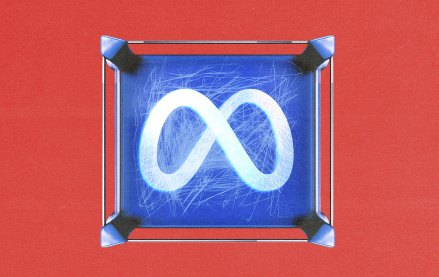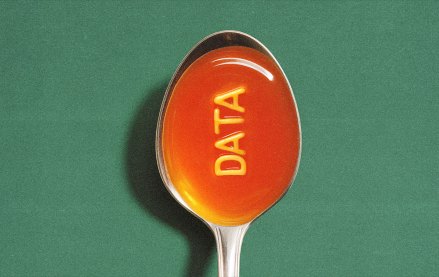Save 50% on a 3-month Digiday+ membership. Ends Dec 12.

This article is a WTF explainer, in which we break down media and marketing’s most confusing terms. More from the series →
This article was first published on Digiday sibling WorkLife
Ever have those days when you feel like you’ve worked non-stop but by the end of the day feel only a sense of dissatisfaction and weary frustration? Like, you haven’t actually achieved anything?
You’re not alone. And guess what, there’s now a new term for it: digital debt.
Modern workers are being buried under a mountain of ever-increasing digital communications. Whether it’s in the form of emails, chat platforms, video meetings or other digital notifications – the sheer volume of digital information and communications we’re required to consume and respond to on a daily basis, is becoming overwhelming.
It’s putting workers in “digital debt” — where the constant need to coordinate and communicate at work is taking time away from deep thinking, creating and actually working, according to a new report from Microsoft.
While desk workers have long been slammed with overloaded inboxes, the pandemic and hybrid working arrangements are highlighting how communicating too much can harm productivity and hinder employees’ abilities to do their jobs effectively.
To read the full story click here
More in Media

As big brands flood the podcast ad space, startups are refining strategies to stand out
While a influx of big advertisers is good news for podcast companies, it also makes it more challenging for small- to mid-sized brands to stand out in the space.

Meta enters AI licensing fray, striking deals with People Inc., USA Today Co. and more
The platform has secured seven multi-year deals with publishers including CNN, Fox News, People Inc., USA Today Co to incorporate their content into its large language model (LLM) Llama.

European publishers say the Digital Omnibus ‘cookie fix’ leaves them worse off
The European Union’s attempt at a legislative spring clean for Europe’s web of data privacy rules, has landed flat with publishers.








